
How to Build an Agile Change Management Program at Your FI
Establishing a change management program is only the first step. Learn the core elements, how to evaluate risk, and stay proactive despite change.

Ghosted by a Vendor? Here’s How to Get Due Diligence Documents
Learn what to do if a vendor doesn’t respond to due diligence requests and how to navigate other third-party red flags.

When the Waters Rise: Navigating Flood Compliance in 2025
Flood insurance compliance in 2025: Learn key requirements, enforcement trends, and best practices to protect your financial institution from violations.

Your Ncontracts Tools Got an Update with New Compliance & Risk Content
Stay up to date with the latest product content updates designed to help you work smarter, stay compliant, and make informed decisions.

What You Need to Know Ahead of Your FI's Next Exam
Stay exam-ready by focusing on compliance fundamentals and anticipating regulator priorities amid reduced oversight.

How to Break Up with Your Vendor
Learn how to end a vendor relationship as smoothly as possible while maintaining your financial institution’s operational resilience.

June 2025 Regulatory Update: CFPB's Historic Rollback & More
May brought sweeping CFPB changes as the Bureau withdrew decades of guidance. Get expert analysis on what these developments mean for financial institution…
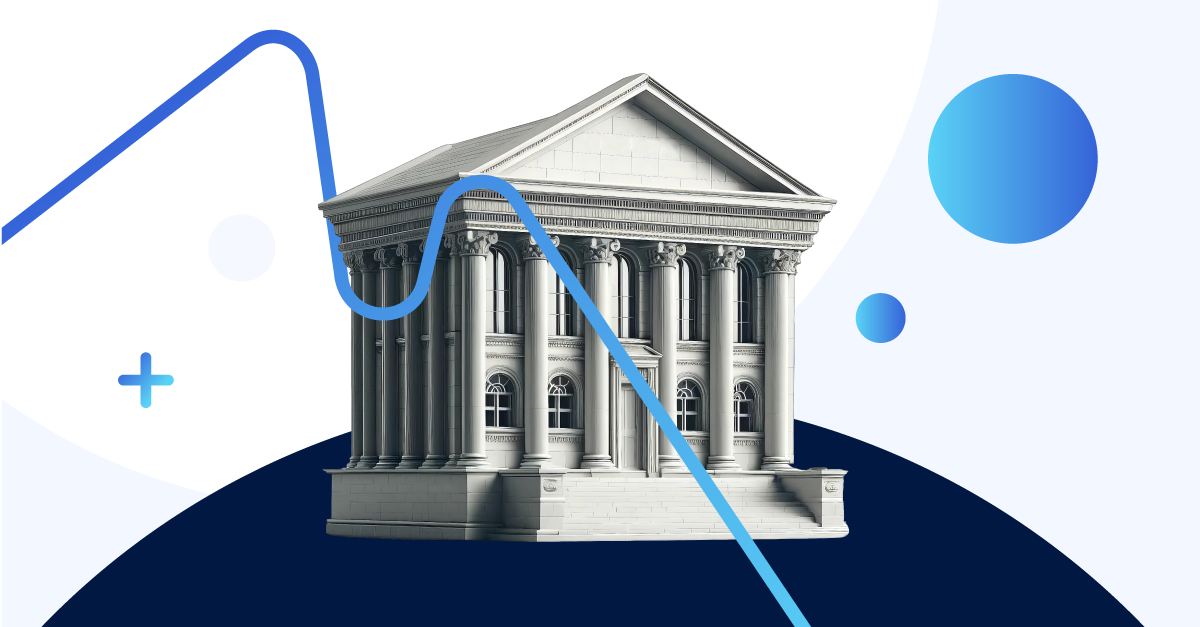
What is Fair Lending? Program Essentials, Rules, and More
Discover key fair lending risks, laws, and regulations, and learn how financial institutions can strengthen their fair lending programs.
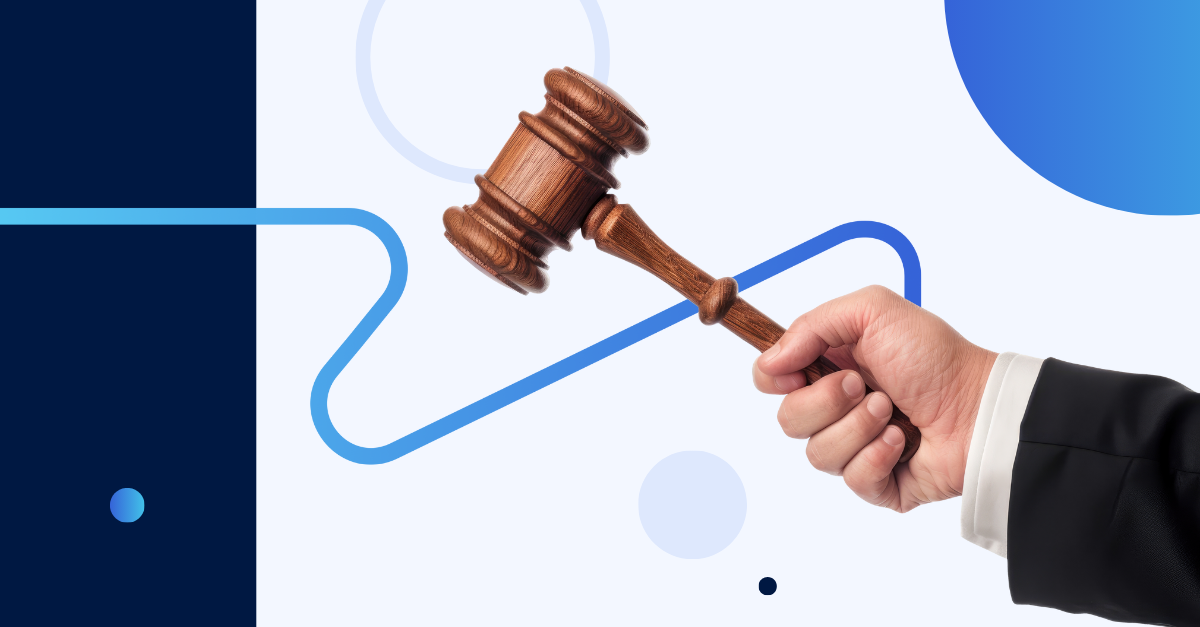
Enforcement Actions Roundup: May 2025
Welcome to the June edition of our Enforcement Actions Roundup, a monthly summary where our regulatory experts break down recent enforcement actions.

A Guide to Better Business Resiliency through BCM
Learn best practices for building business resiliency through business continuity management (BCM) at your financial institution.

Risk Management ROI: What is the FAIR Model and How Does It Work?
Learn how the FAIR model quantifies cyber and operational risks in financial terms, helping institutions make data-driven decisions.

How to Build Better Governance with Stronger Policies
Explore how policies and governance work together and practical steps to create clear, actionable policies that support accountability.

Policy Management Best Practices for Financial Institutions
Transform your institution's policy management with tips to adapt to change, stay compliant, and streamline processes without overextending your resources.…

What Investment Advisers Need to Know About Artificial Intelligence (AI)
Explore how investment advisers can mitigate risks and maintain best practices amid evolving artificial intelligence (AI) regulations.

High-Impact Risk Management: Key Strategies for Financial Institutions
Learn the elements of high-impact risk management and how to integrate risk oversight into your institution’s broader framework.

Fair Lending Risk Assessments: Everything You Need to Know
Discover what a fair lending risk assessment entails and the key components your financial institution needs to stay compliant and proactive.
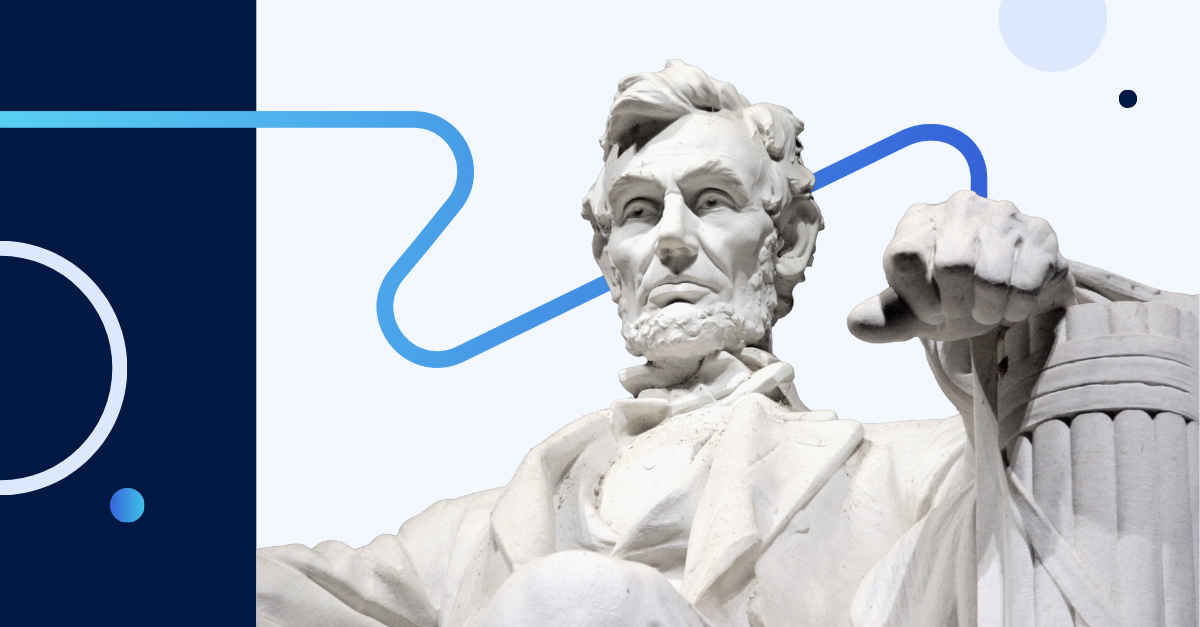
May 2025 Regulatory Update: Changes at the CFPB, 1071 and Other Rules
May 2025 regulatory update: Trump limits disparate impact enforcement, CFPB restructures priorities, and Congress blocks fee caps.

5 Ways to Strengthen Your FI’s Vendor Management Program
Learn how to elevate your vendor management program, foster better vendor relationships, and improve your overall risk management strategy.
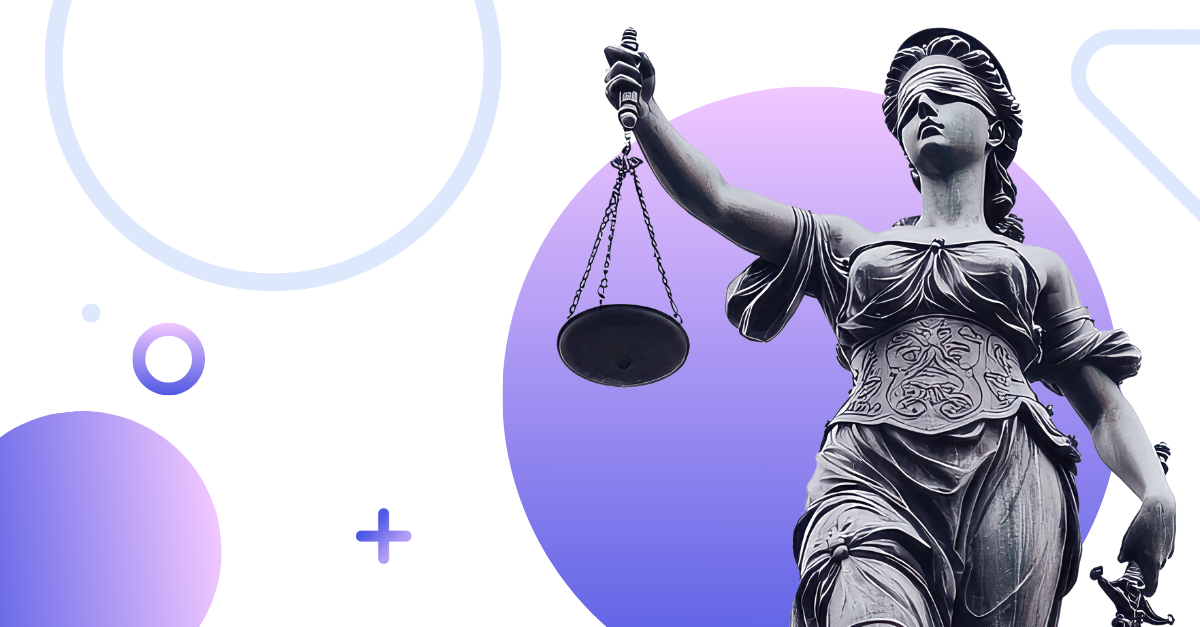
Enforcement Actions Roundup: April 2025
Welcome to the May edition of our Enforcement Actions Roundup, a monthly summary where our regulatory experts break down last month’s enforcement actions.

Wealth Management Enforcement Action Roundup: May 2025
The Wealth Management Enforcement Action Roundup covers the latest enforcement actions from March and April 2025.

How to Effectively Communicate Policies at Your Financial Institution
Learn how effectively communicating policies enhances compliance, accountability, and risk management at your financial institution.

Ncontracts Strengthens Research and Development with New Chief Product Officer and Chief Technology Officer
Ncontracts announced the hiring of Jay Jamison as CPO and the promotion of Nathan Gonzalez to CTO.

Ransomware Risk Management: How to Defend Your FI Against Cyber Attacks
Learn how to protect your FI against ransomware and what to do if you or one of your vendors experiences an attack.
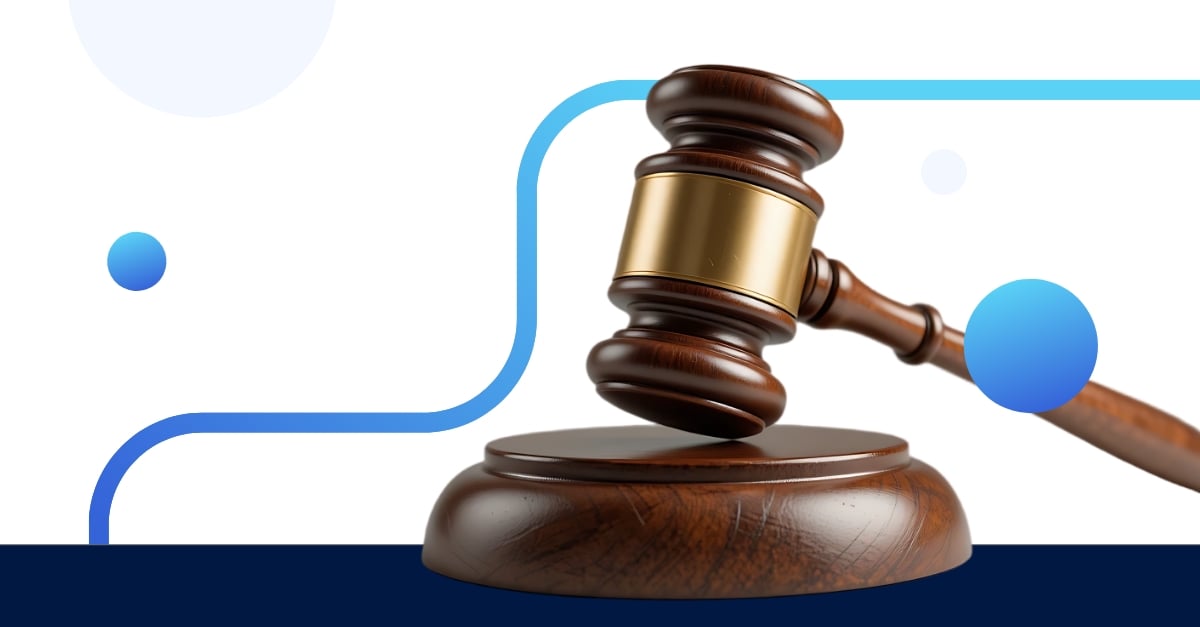
How to Leverage Enforcement Actions to Strengthen Your Compliance Program
Learn how to turn regulatory enforcement actions into practical lessons that strengthen controls, improve oversight, and boost your compliance program.

What is AI Auditing and Why Does It Matter?
An AI audit framework helps you navigate the risks, governance, and controls of artificial intelligence systems. Learn about AI auditing best practices.

10 Business Continuity Planning Basics Every Financial Institution Should Know
Is your business continuity plan current? Review these 10 best practices to help your financial institution remain resilient.

Is Your FI Behind on TPRM? Benchmark Your Program Against Peers
Ncontracts’ 2025 TPRM Survey (TPRM) reveals how financial institutions manage vendor risk. Check out the benchmarks and see how your FI measures up.

Prudent Risk Management Is About Clarity, Not Caution
Learn how strategic risk management can help your financial institution turn risks into strategic opportunities.
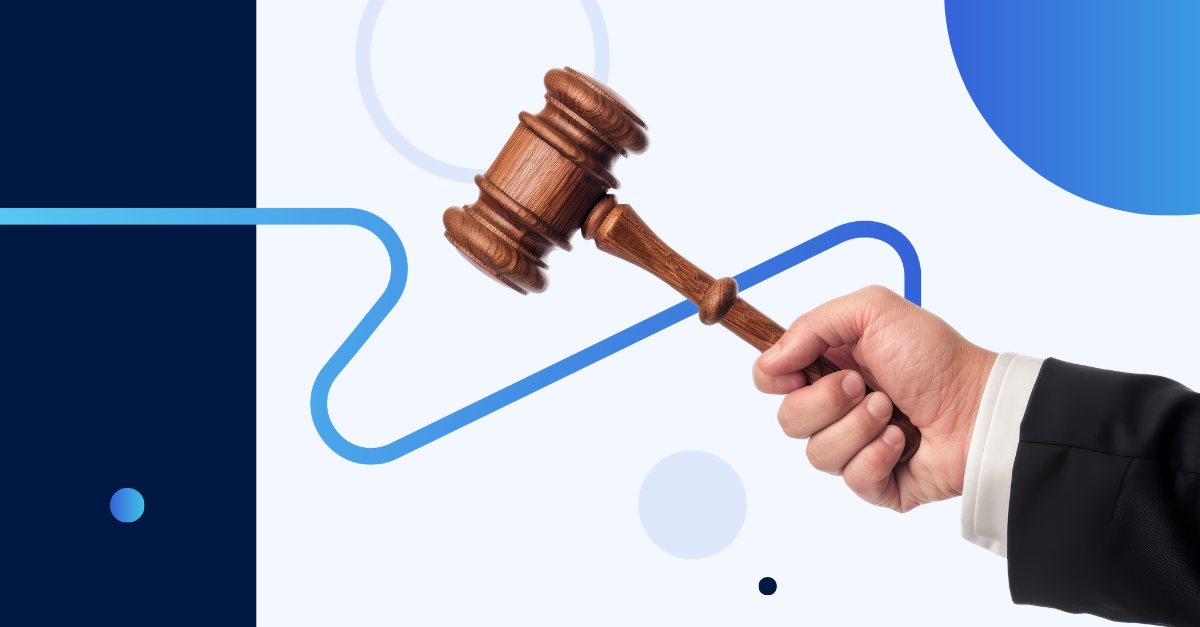
April 2025 Regulatory Update: A Blizzard of Executive Orders, Agency Actions & Compliance Deadlines
Regulatory compliance experts break down March 2025’s regulatory news and insights including executive orders, rescinded and delayed rules, and compliance …
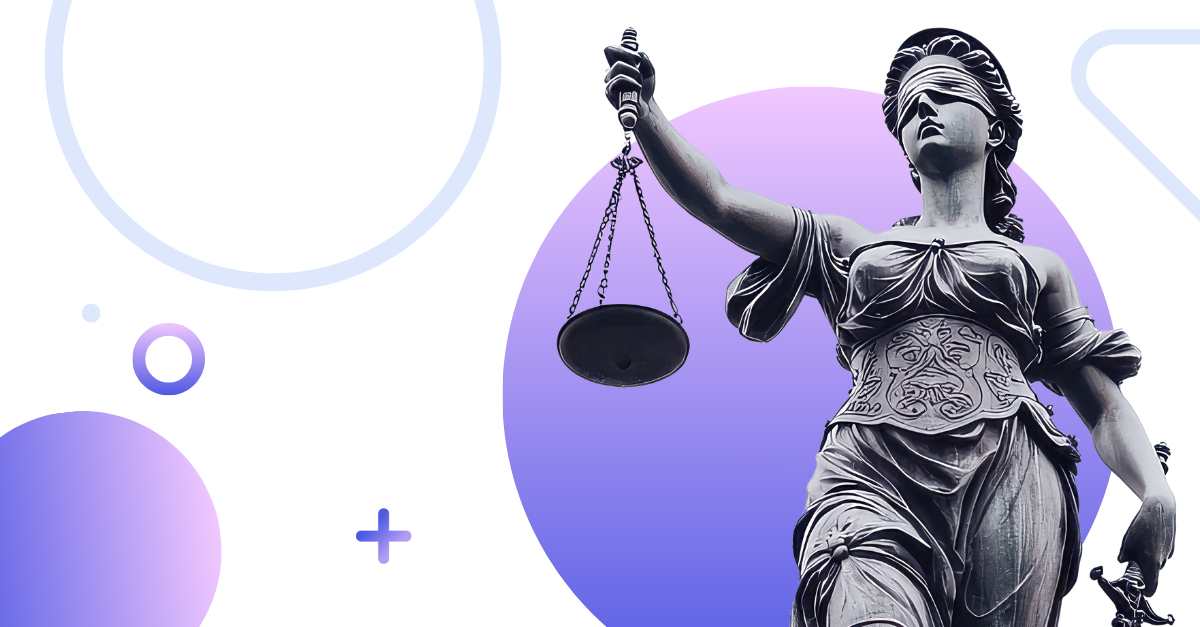
Enforcement Actions Roundup: March 2025
Welcome to the April edition of our Enforcement Actions Roundup, a monthly summary where our regulatory experts break down last month’s enforcement actions…